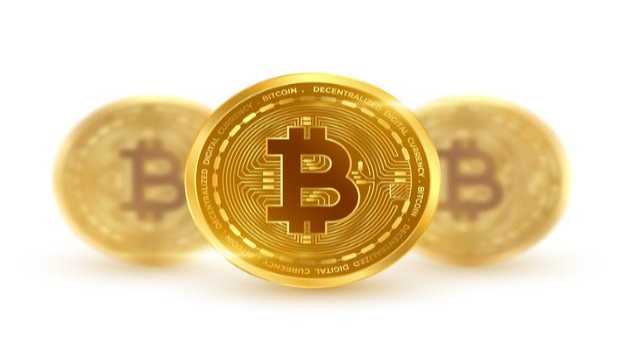Bitcoin Digital Currency Revolutionizing Finance
Introduction
In 2009, Bitcoin emerged as a decentralized digital currency, reshaping how we perceive money. Unlike traditional currencies, Bitcoin operates without a central authority, relying instead on blockchain technology. Its rise has sparked debates, investments, and curiosity worldwide.
Why Bitcoin Stands Out
Bitcoin’s uniqueness lies in its limited supply—only 21 million coins will ever exist. This scarcity drives its value, much like gold. Additionally, transactions are peer-to-peer, cutting out intermediaries like banks. For instance, however sending Bitcoin internationally costs less and takes minutes, not days.

Investing in Bitcoin: Risks and Rewards
Many investors increasingly view Bitcoins as a hedge against inflation, particularly amid economic uncertainty. However, its volatility undoubtedly demands caution. In fact, prices can swing wildly within hours—for instance, in 2021, Bitcoins surged to an all-time high of $69,000, only to plummet by nearly 50% within months.
Common Bitcoin Mistakes to Avoid
As a crypto enthusiast, I once mistyped a wallet address, losing $200 forever. Typos like “Bitcion” or “Bitcoint” can also lead to scams. Double-check details and use trusted platforms like Coinbase or Binance.
Bitcoin vs. Alternatives: A Quick Comparison
Below is a simplified table comparing Bitcoin’s with similar cryptocurrencies:
| Feature | Bitcoin (BTC) | Ethereum (ETH) | Litecoin (LTC) |
|---|---|---|---|
| Launch Year | 2009 | 2015 | 2011 |
| Transaction Speed | ~10 minutes | ~15 seconds | ~2.5 minutes |
| Market Cap (2023) | $600B+ | $200B+ | $6B+ |
| Primary Use | Store of Value | Smart Contracts | Fast Payments |
Data as of October 2023; values approximate.
The Future of Bitcoin
First, experts predict Bitcoins will continue influencing finance, particularly as institutional adoption grows. For instance, companies like Tesla and MicroStrategy now hold Bitcoins in their treasuries, signaling confidence in its long-term potential.
Final Thoughts
Bitcoin’s journey from obscurity to mainstream acceptance is remarkable. Whether you’re investing in Bitcoins or simply curious about its potential, understanding its mechanics and risks is undeniably crucial.
Pro Tip: Use hardware wallets like Ledger to securely store Bitcoins. Never share private keys, and always verify URLs to dodge phishing sites like “Blockchian.info” (a common typo).
By blending caution with curiosity, Bitcoins can be a fascinating addition to your financial toolkit.

